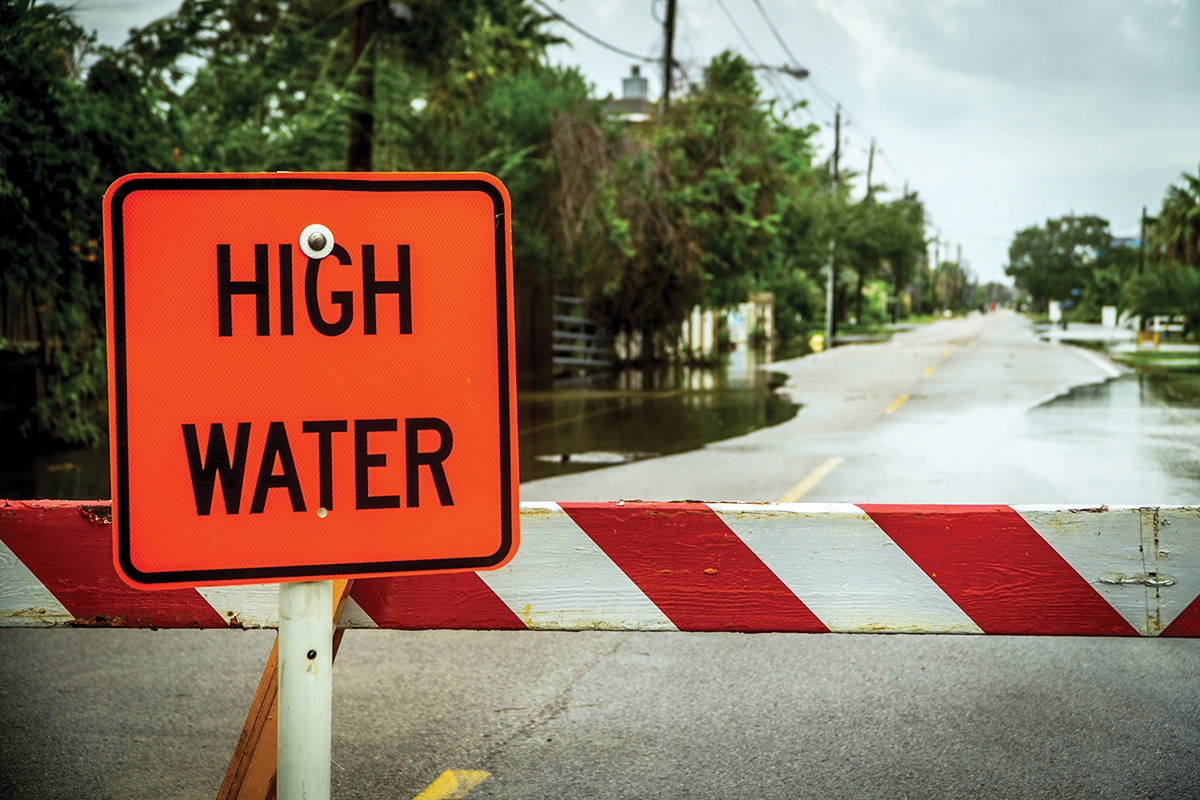Flood Facts
5 Common Myths Debunked

Floods are the most common natural disaster in the United States, according to the Federal Emergency Management Agency (FEMA). But despite their frequency, there are many misconceptions about where and when floods occur. Here’s a look at six common flood myths to keep in mind, especially as we are in the throes of hurricane season here in North Carolina.
Myth #1: My home isn’t in a flood zone, so I’m not at risk. Even properties not located in flood zones can be at risk of flooding. That’s because wherever it can rain, it can flood. In fact, more than 20% of flood insurance claims come from low- and moderate-risk flooding areas, FEMA adds.
Myth #2: Flash floods only happen near rivers or streams. While flash floods commonly occur near rivers or streams, other areas are at risk as well. Dense, urban areas, for example, can be at risk for flash flooding, says the National Severe Storms Laboratory (NSSL). These regions contain more impermeable surfaces – like highways, parking lots, and homes – that decrease the amount of land that is able to absorb rainwater, therefore increasing rainwater runoff. Areas near dams may also be at risk as dam failures can cause flash flood conditions, the NSSL says. This is because a dam breach sends a sudden wall of water downstream.
Myth #3: You can drive through floodwater if it’s not too deep. It only takes 12 inches of water to quickly sweep away your car or cause it to float, says the National Weather Service (NWS). The agency also warns that it can be difficult to gauge the depth of floodwater – it may be deeper than it appears. Another reason to avoid driving through floodwater is because it may be hiding additional hazards, such as a washed-out road, sharp debris, or electrical wires, says the NWS. Remember this NWS slogan: “Turn Around Don’t Drown.”
Myth #4: It’s safe to walk through floodwater. Don’t underestimate the power of fast-moving water. Just six inches of floodwater can knock an adult off his or her feet, says the NWS. Floodwater can also be contaminated by sewage or chemicals and can hide other debris that may cause injuries. If you must enter the water, remember to wear rubber boots, gloves, and other protective gear, says the Centers for Disease Control and Prevention.
Myth #5: If my house starts to flood, I should try to leave. You should not attempt to walk or drive through floodwater. If your home begins to flood and you cannot safely evacuate, seek higher ground immediately by moving to an upper level of your home while avoiding closed spaces, such as attics, which can cause you to become trapped by rising floodwater. As a last resort, move onto your roof and signal for help.
When it comes to floods, remember that they can happen anywhere, at any time. It’s a good idea to plan an evacuation route and create a grab-and-go emergency kit now so that you and your family can be prepared if and when a flood strikes. It’s also important to stay informed. The National Weather Service shares official warnings, watches, forecasts and other information 24 hours a day on public radio and television broadcasts. You can also sign up to receive weather alerts on your smartphone by downloading the Federal Emergency Management Agency or American Red Cross apps.
Thomas Walters
Allstate agent and owner of Walters Insurance Agency.

